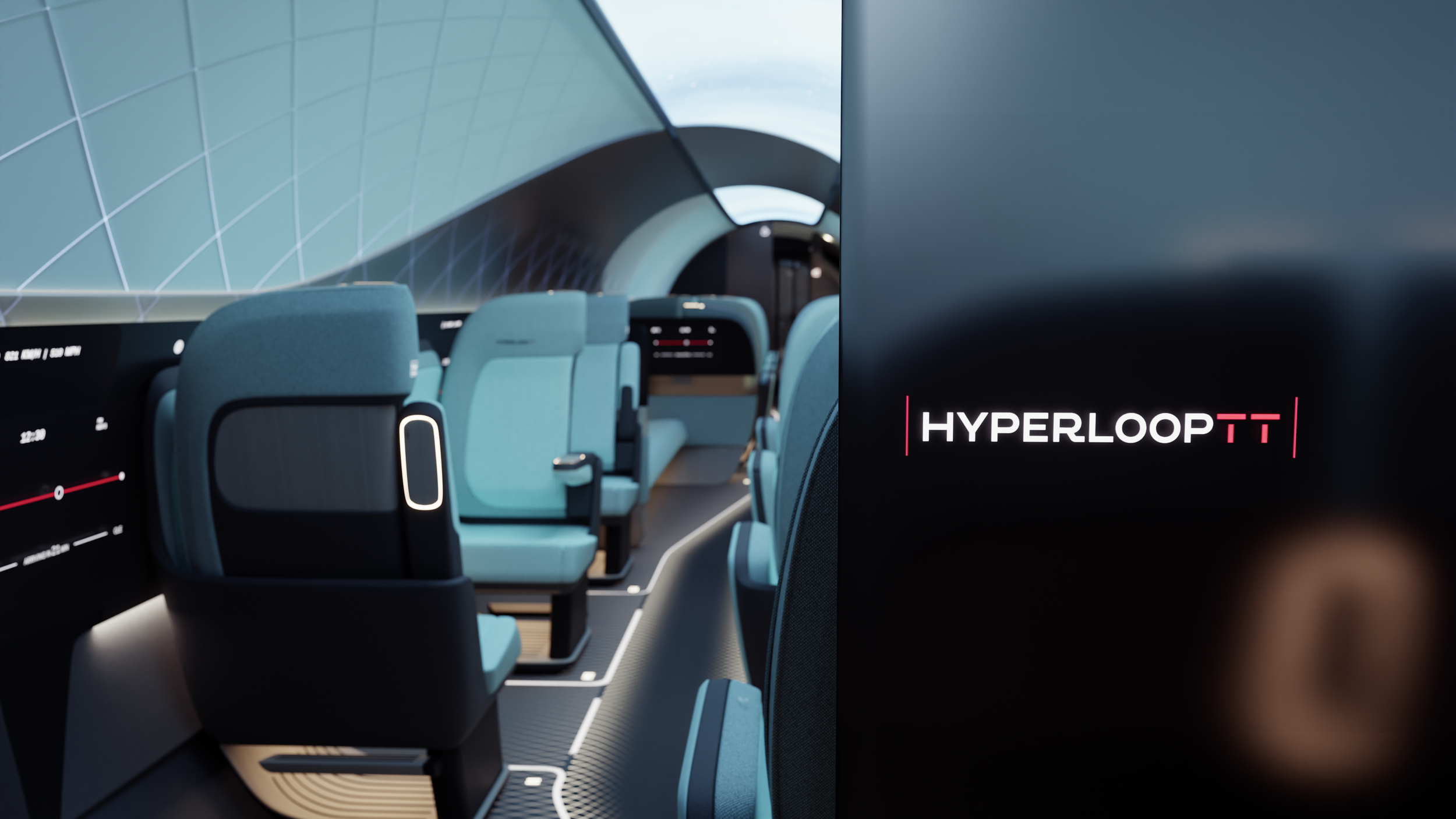
Mobility Solutions
About Hyperloop
Hyperloop was a concept of tube travel initiated by Elon Musk and his SpaceX team in 2013. It is a safe, efficient, sustainable, and cost-effective form of high-speed transportation. The tube-based system is designed to move people and goods at airplane speeds on the ground. Capsules travel inside a partial vacuum tube using magnetic levitation.
Multiple products have been developed in the past nine years to bring the project toward commercialization, including passenger capsules, station systems, cargo solutions, and sustainable infrastructure. Below is a visual collection of products that are publicly released.
Reimagined journey
Hyperloop is a new form of transportation, giving us an opportunity to reimagine the passenger experience utilizing today’s technology. Passenger journeys start before leaving. Hidden yet smart technologies facilitate a seamless experience. Design solutions are provided around personalized class-free experience, system efficiency, safety and sustainability.
The first passenger capsule
Collaboration with PriestmanGoode (Fuselage), Airtificial (manufacturer) and Icona (interior)
Project details:
-
The capsule fuselage design was developed with PriestmanGoode in 2015
Passenger experience vision definitions and concept iterations started in 2015
The first full-scale capsule was manufactured by Airtificial in Spain in 2018
The capsule interior design that in collaboration with ICONA was released in CIIE, Shanghai in 2021
The second capsule fuselage was unveiled at MWC Barcelona 2023
-
Defining the project scope in the early stage with uncertainties and moving pieces
Working with multiple stakeholders in an early start-up environment
Finding the design language that strikes the right balance between uniqueness, scalability, and brand
-
Capsule fuselage
Define initial design requirements, principles and process among ambiguity while direct the project team to focus on tangible steps
Work closely with PG team for feedbacks and solutions
Lead the appearance production of the first and second full-scale prototypes
Interior design
Lead the initial vision development with CEO Dirk Ahlborn in the early stage of the company
Continuously develop and expand passenger experience definition through multiple concepts iterations, and utilize VR as part of the design process
Identify applicable technologies and negotiate partnerships
Create design requirements that is structured to leave room for creativity and flexibility
Coordinate inputs and feedbacks from multiple stakeholders while maintaining core principles
Create storytelling and art direction for visual assets, mockup and virtual experiences
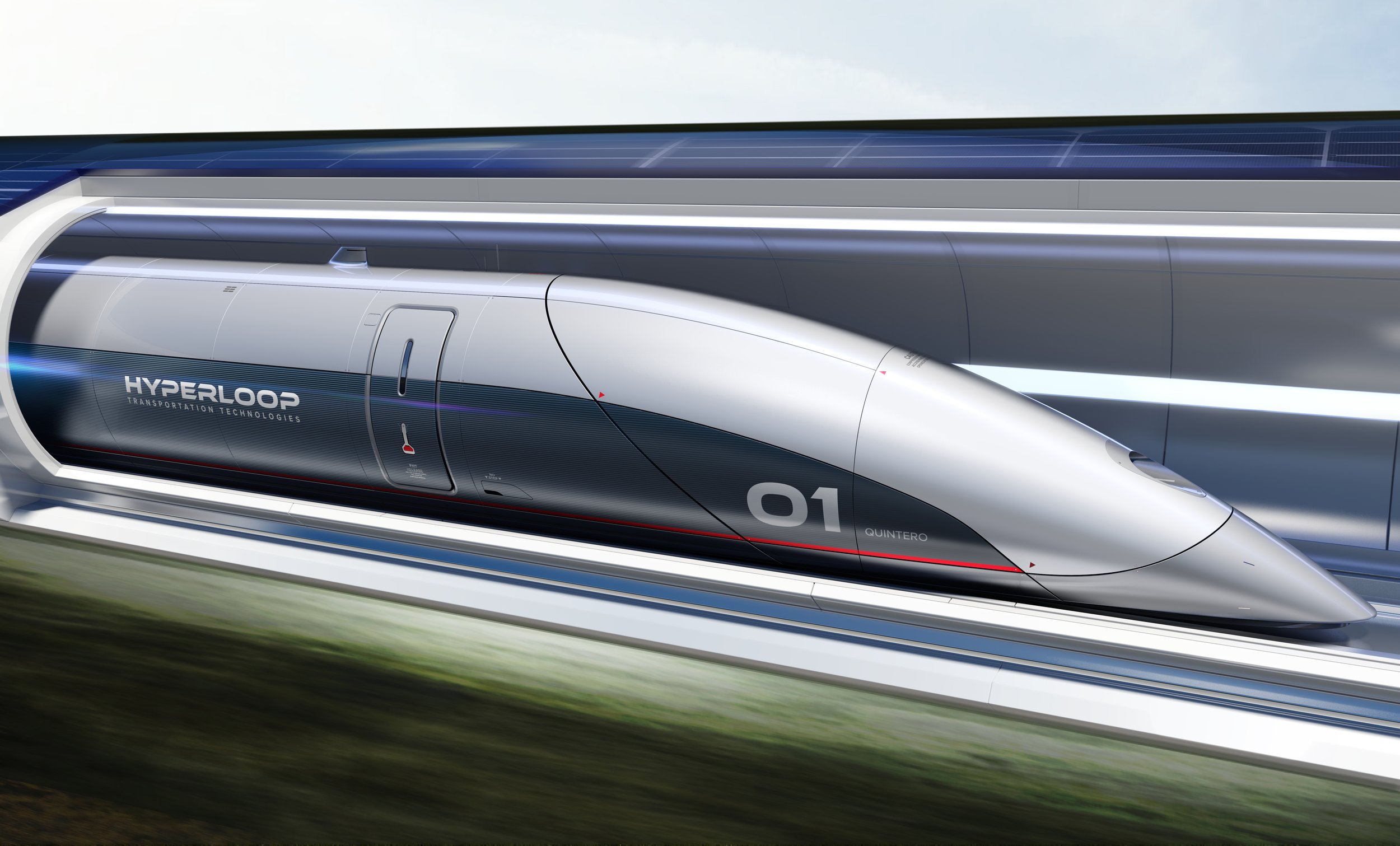
Initial capsule concept
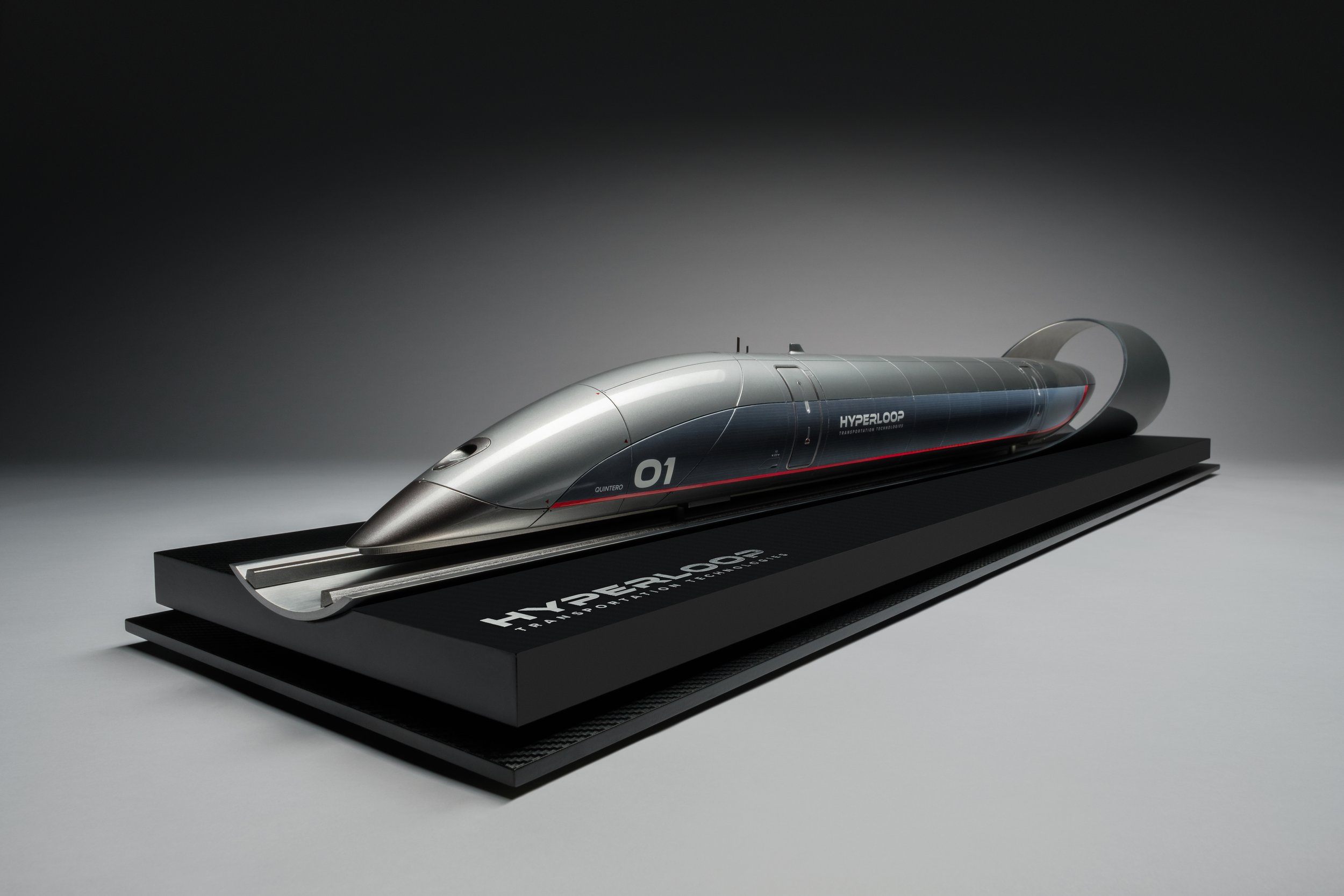
Scaled model study
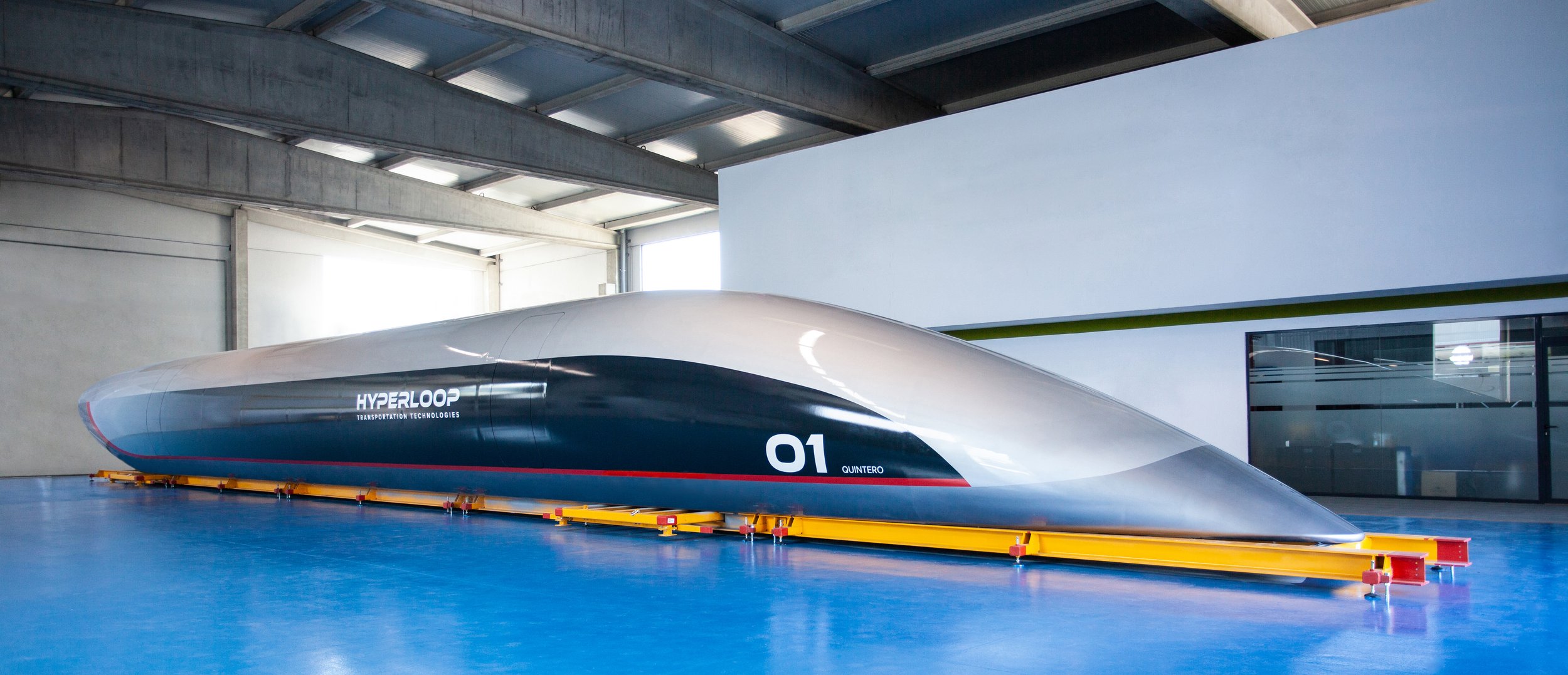
From concept to manufacture
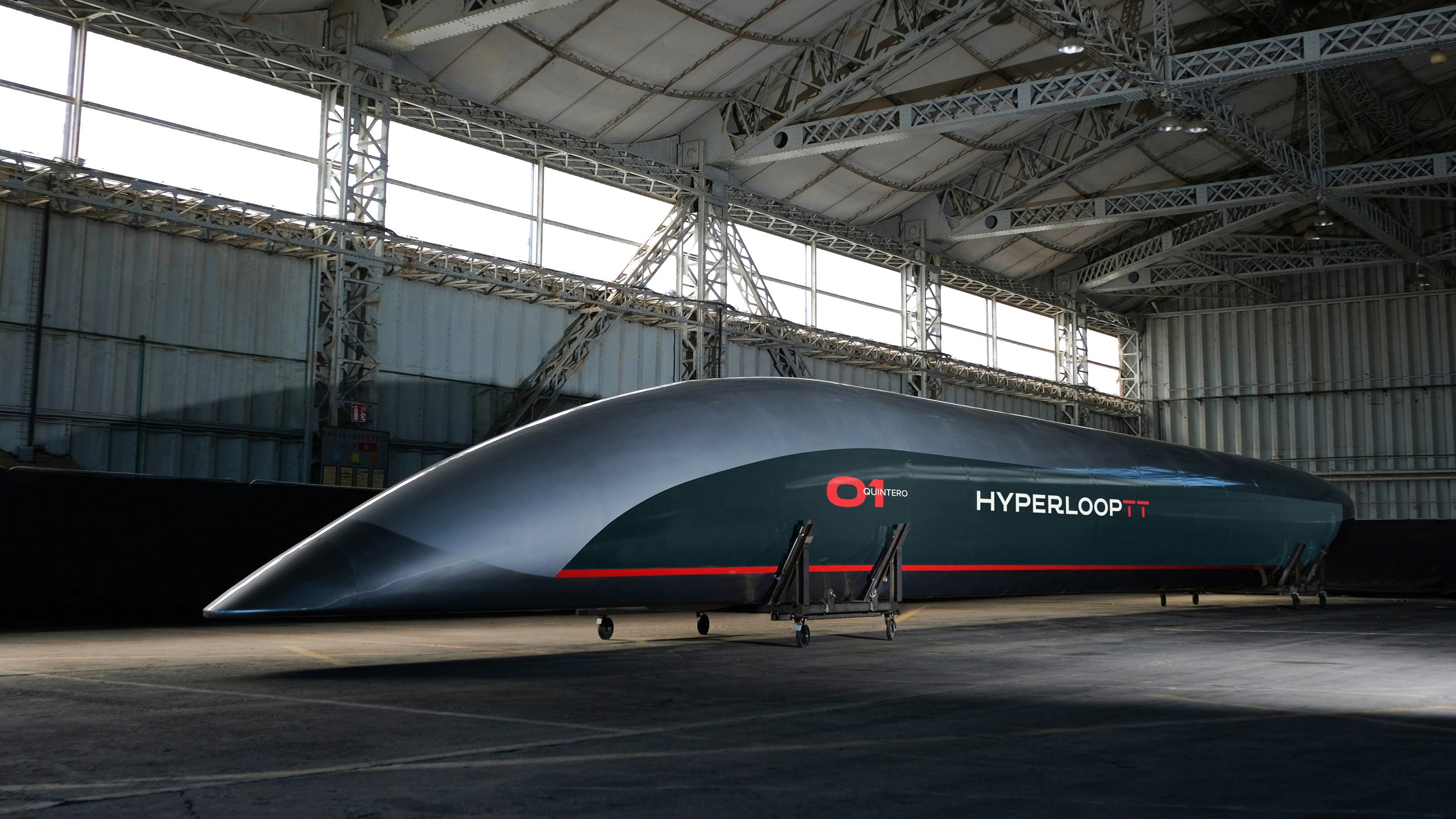
First full-scale fuselage engineering prototype
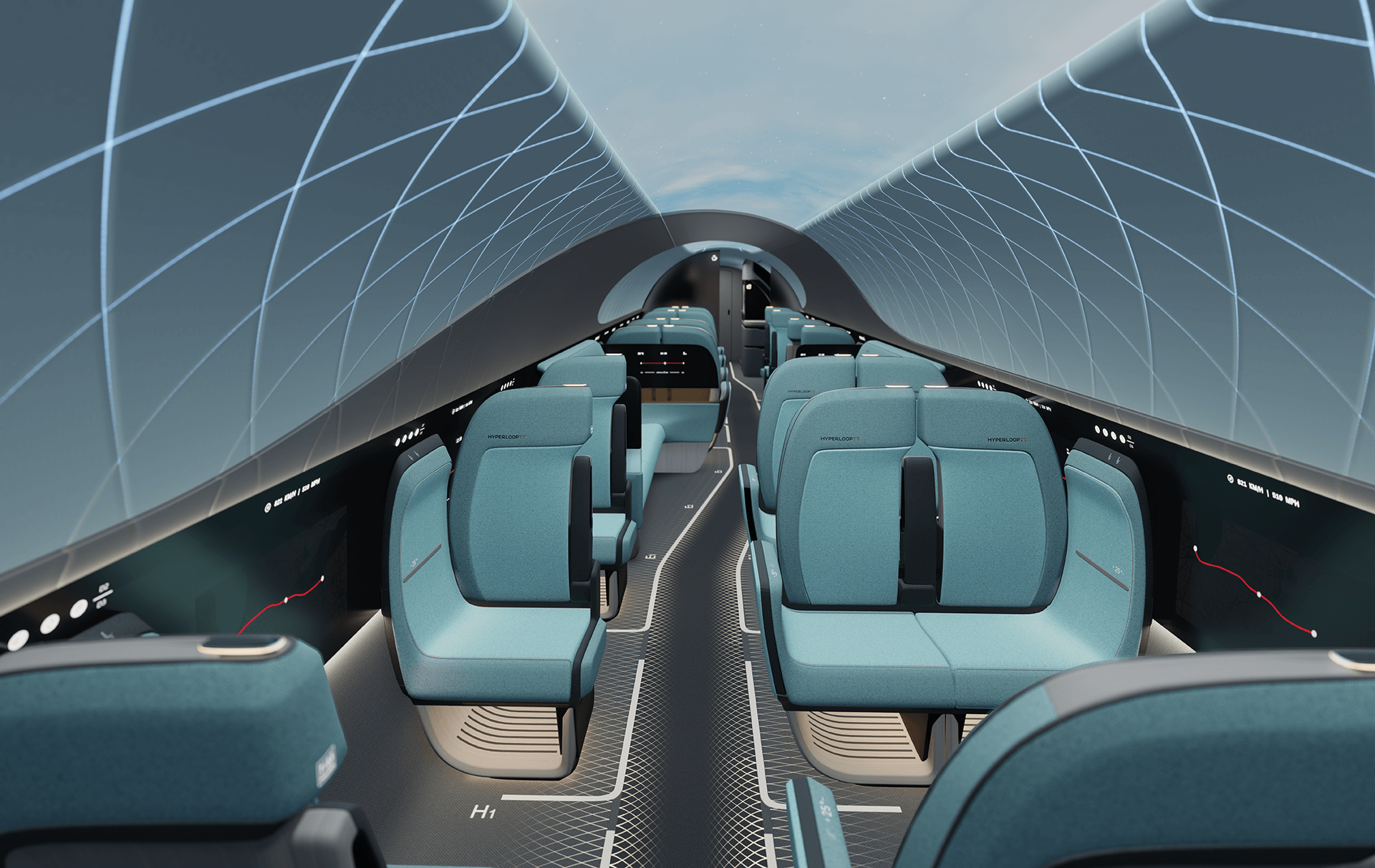
Capsule interior with virtual skylight technology

Travel spaces for individual and group travelers
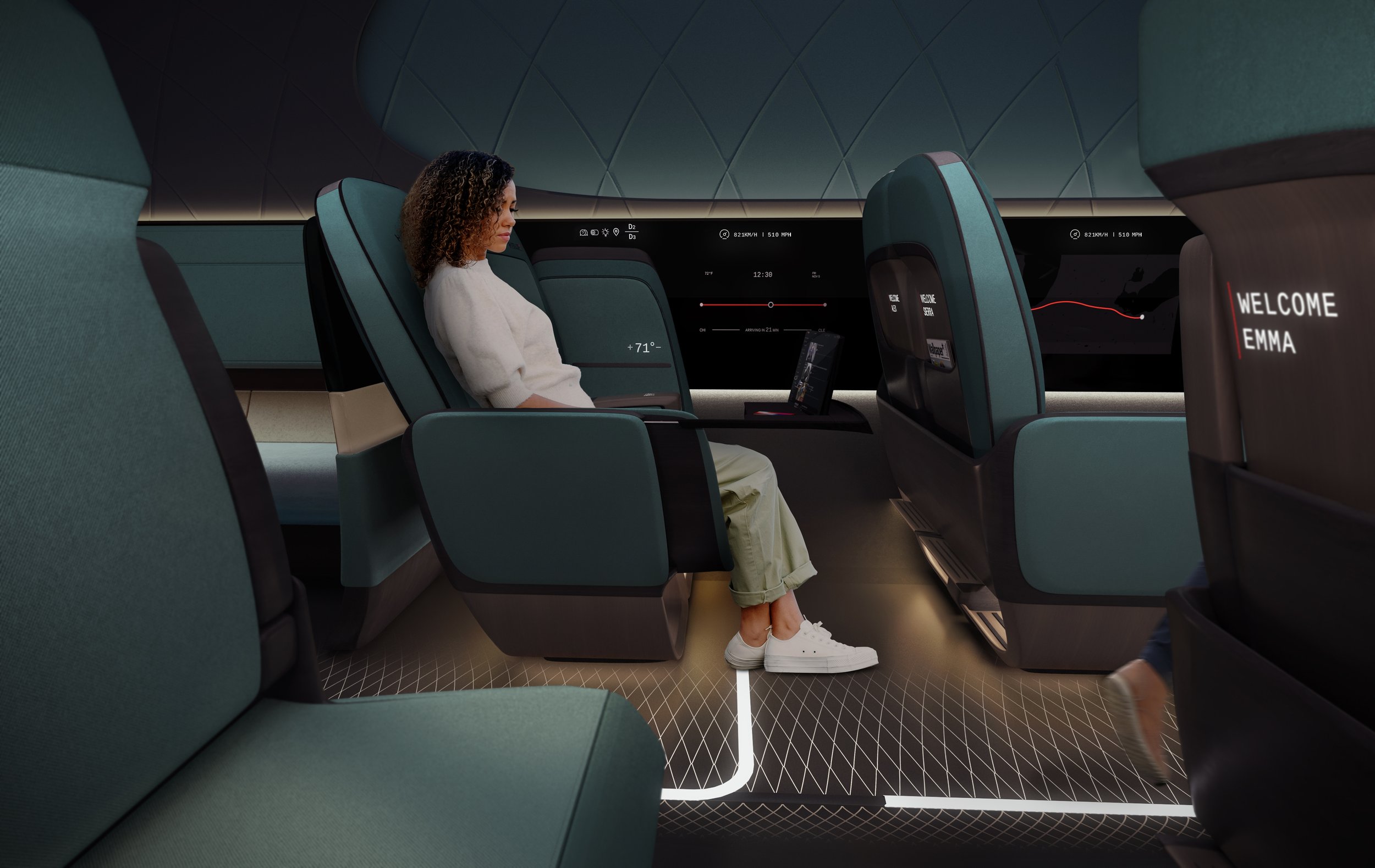
A smart travel space for personalization
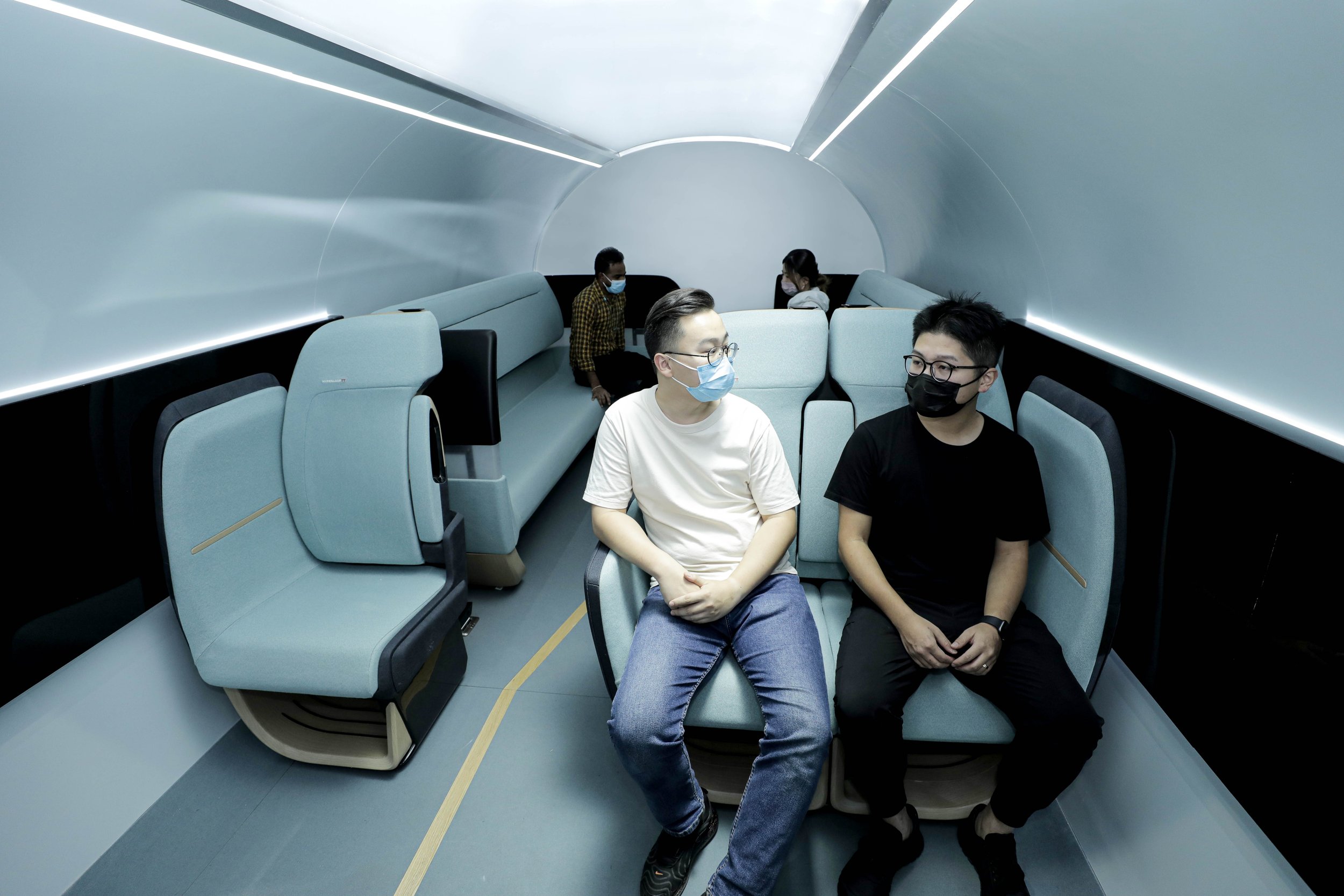
Full-scale mockup studies
Passenger station solutions
Collaboration with individual architect Tom Wooge, AN.ONYMOUS (Dewdrop architectural design), SWA Group (Drewdrop station landscape design), DAR & Perkins&Will (Station boarding prototype)
Project details:
-
Station prototypes design started in 2015, with Dewdrop terminal being the first complete design that successfully patented in the US
Dewdrop terminal architectural design was in collaboration with AN.ONYMOUS and SWA group in 2016, which was applied in the first comprehensive feasibility study for the Abu Dhabi Department of Transportation
Station boarding prototype concept design completed in 2018 with Dar al-handasah, Perkins&Will, which was released in 2021 under the company’s involvement with UN Global Compact
-
Starting passenger station prototype studies without sites, requirements input, and defined components
Finding transit solutions for hyperloop travel that are inspiring, unique, also feasible
Delivering high-quality outcome with limited resources and time for the feasibility study
-
Station prototypes development
Set up research and prototype development process when critical components were undefined
Bring onboard over 5 individual architects and companies to form the station team in early stage of the company
Define in-station passenger experience and flow
Adapt prototype design to regional station proposals and feasibility studies
Dewdrop terminal design
Bring onboard the architect design studios, visualization team and VR developer
Set up design requirements and coordinate team feedbacks that efficiently guiding design process and avoid the time loss in a fast-pace environment
Provide creative direction for the visual production, including images, videos and VR
Station boarding prototype concept design
Define the project scope with CEO and COO
Set up design requirements and work closely with the project team in-person in Dubai through multiple design workshops
Give creative direction for concept rendering

Dewdrop station successfully patented in US

Terminal designs applied in Abu Dhabi Feasibility Study (Collaboration with AN.ONYMOUS)
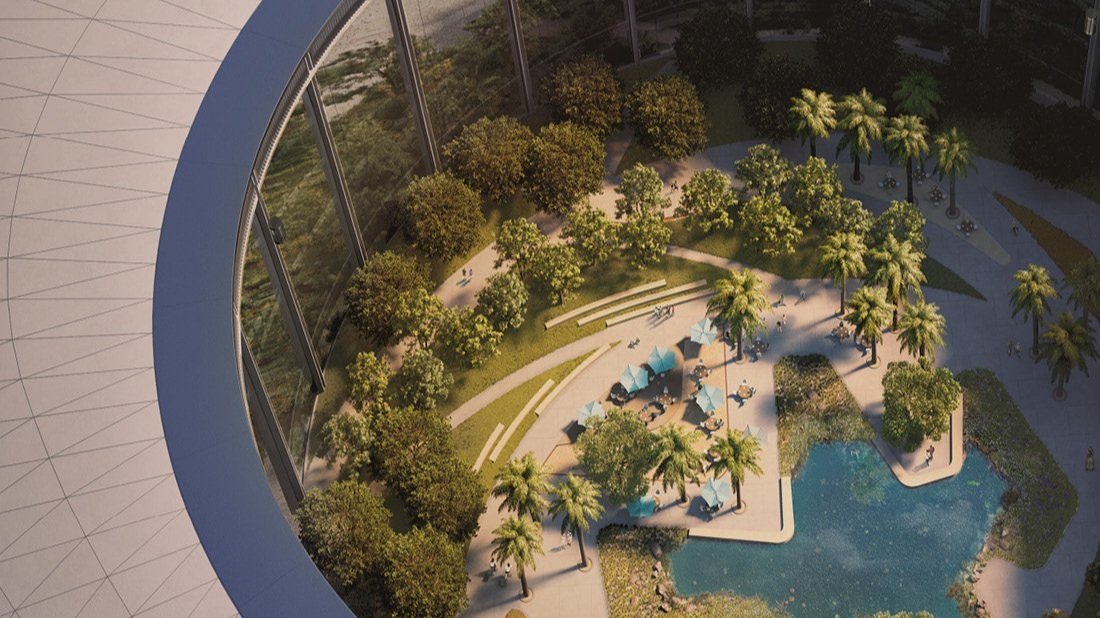
Dewdrop community garden (Collaboration with SWA Group)
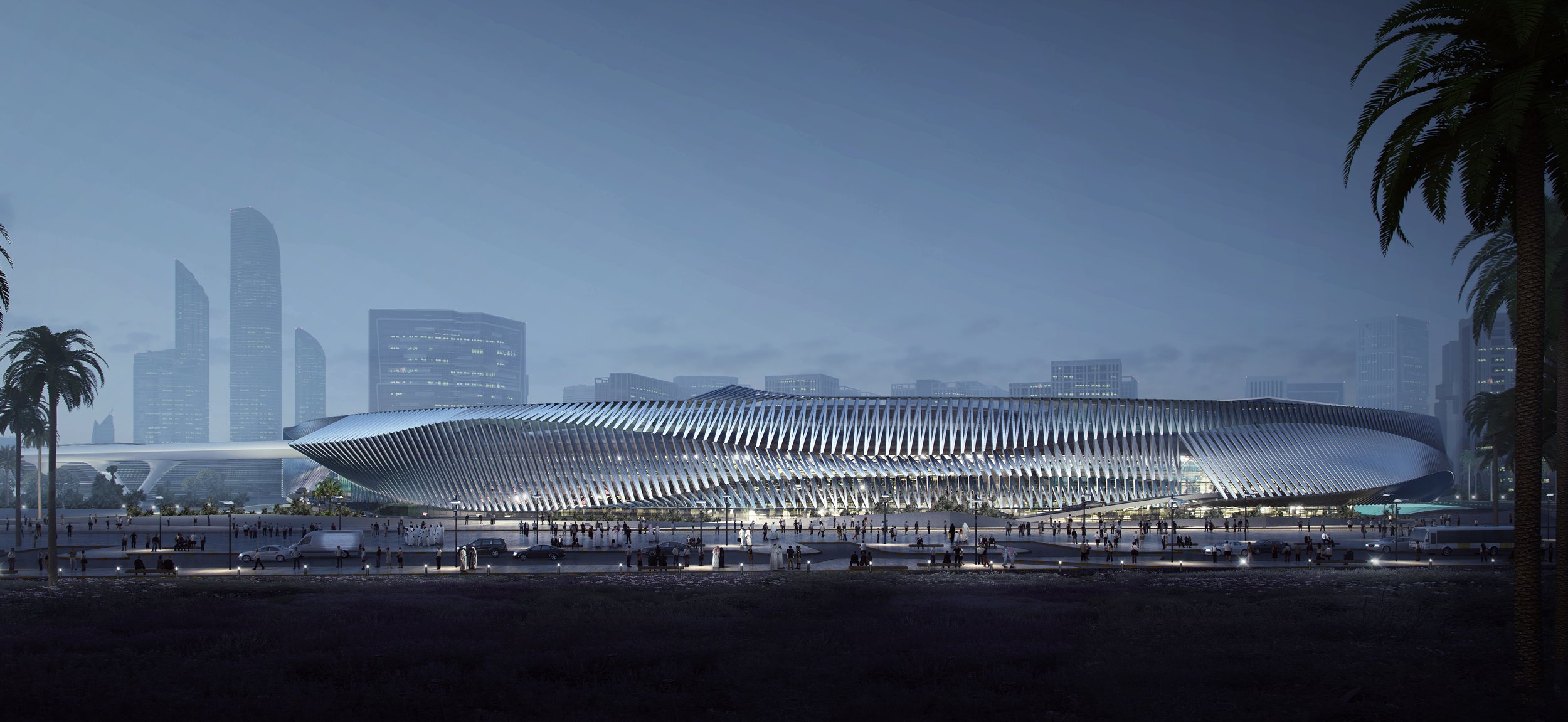
Terminal designs applied in Abu Dhabi Feasibility Study (Collaboration with AN.ONYMOUS)
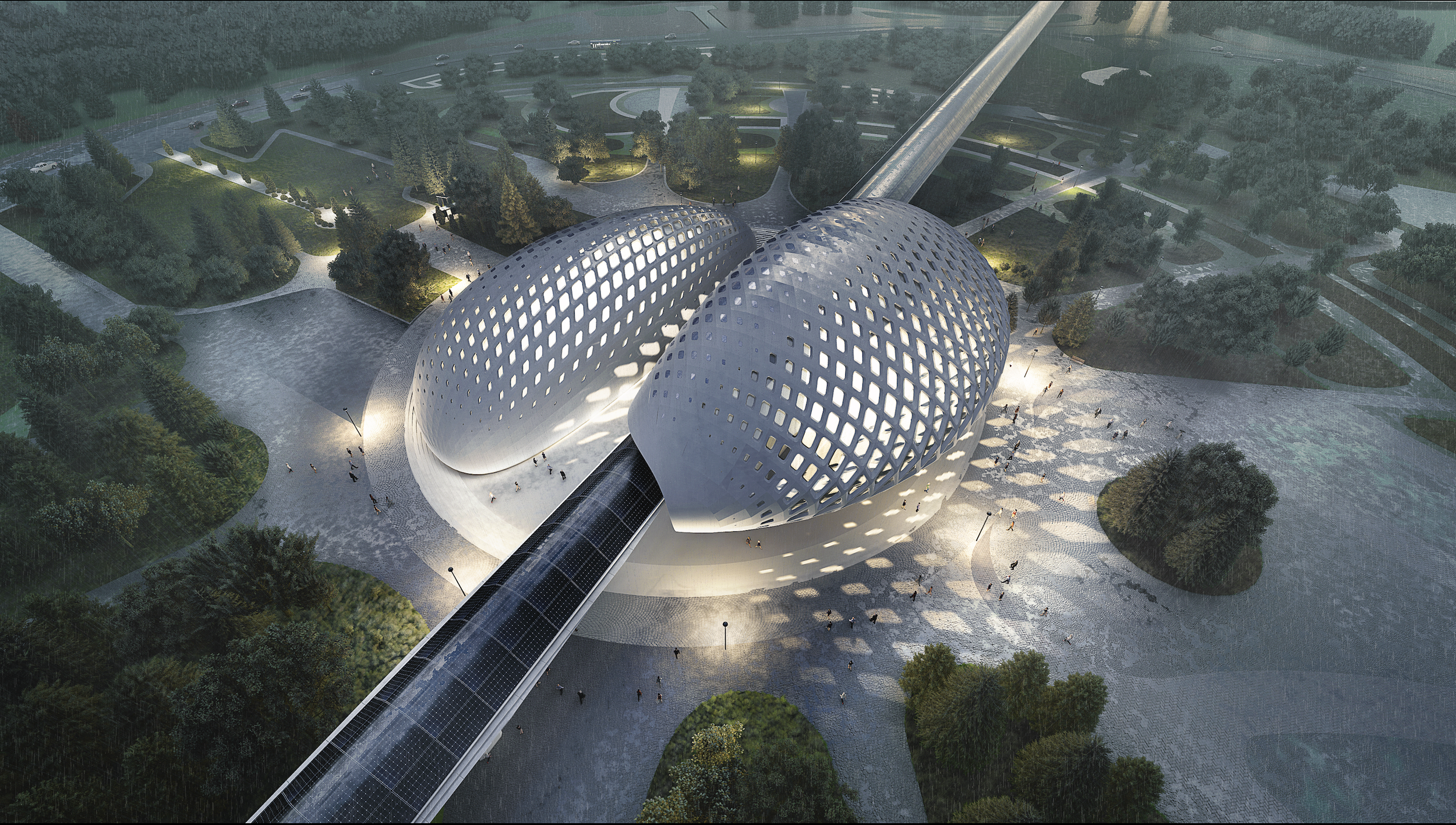
Station boarding prototype concept (Collaboration with Dar and P&W)
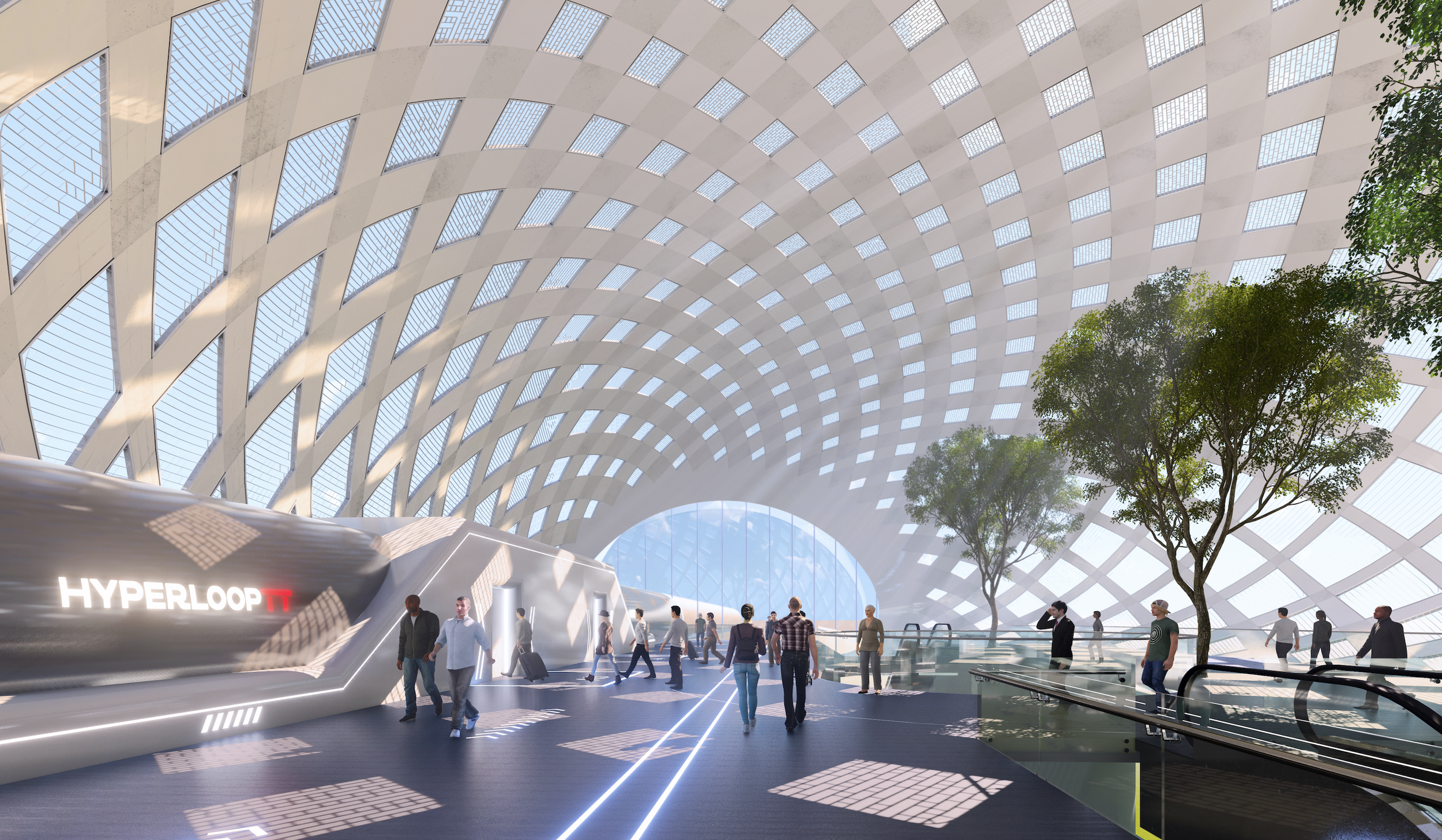
Boarding platform (Collaboration with Dar and P&W)
Sustainable elevated infrastructure
Collaboration with MAD Architects
Hyperloop capsules travel inside near-vacuum tubes supported by pylons. The elevated configuration naturally provides a right-of-way for an infrastructure framework, which can be fully utilized as a platform to integrate applications that benefit the community and environment. As a natural foundation for power generation, the system has an external cladding of solar panels.
The elevated structure also enables life below. Pylons can be adapted to multiple applications through architectural cladding, such as vertical gardens, electric car charging stations, and public gathering spaces. The infrastructure system is an extension of the local context. It will integrate with the environment and contribute positive solutions for the community.
Project details:
-
Initial project definition starts in 2016
Design collaboration with MAD Architects in 2017
-
Identify project scope and process at the early stage of the product development
Convincing the necessity to develop sustainable infrastructure for both internal and external audiences
Limited resources to carry out the sustainable infrastructure design
-
Initiate the effort to utilize architectural cladding to create an integrated and sustainable elevated infrastructure
Bring onboard the design team
Utilize Sprint Workshop for rapid design concept generation
Adapt the design for multiple regional proposals and feasibilities
Identify visualization partner and bring them onboard for image creation
Provide creative directions for visual storytelling

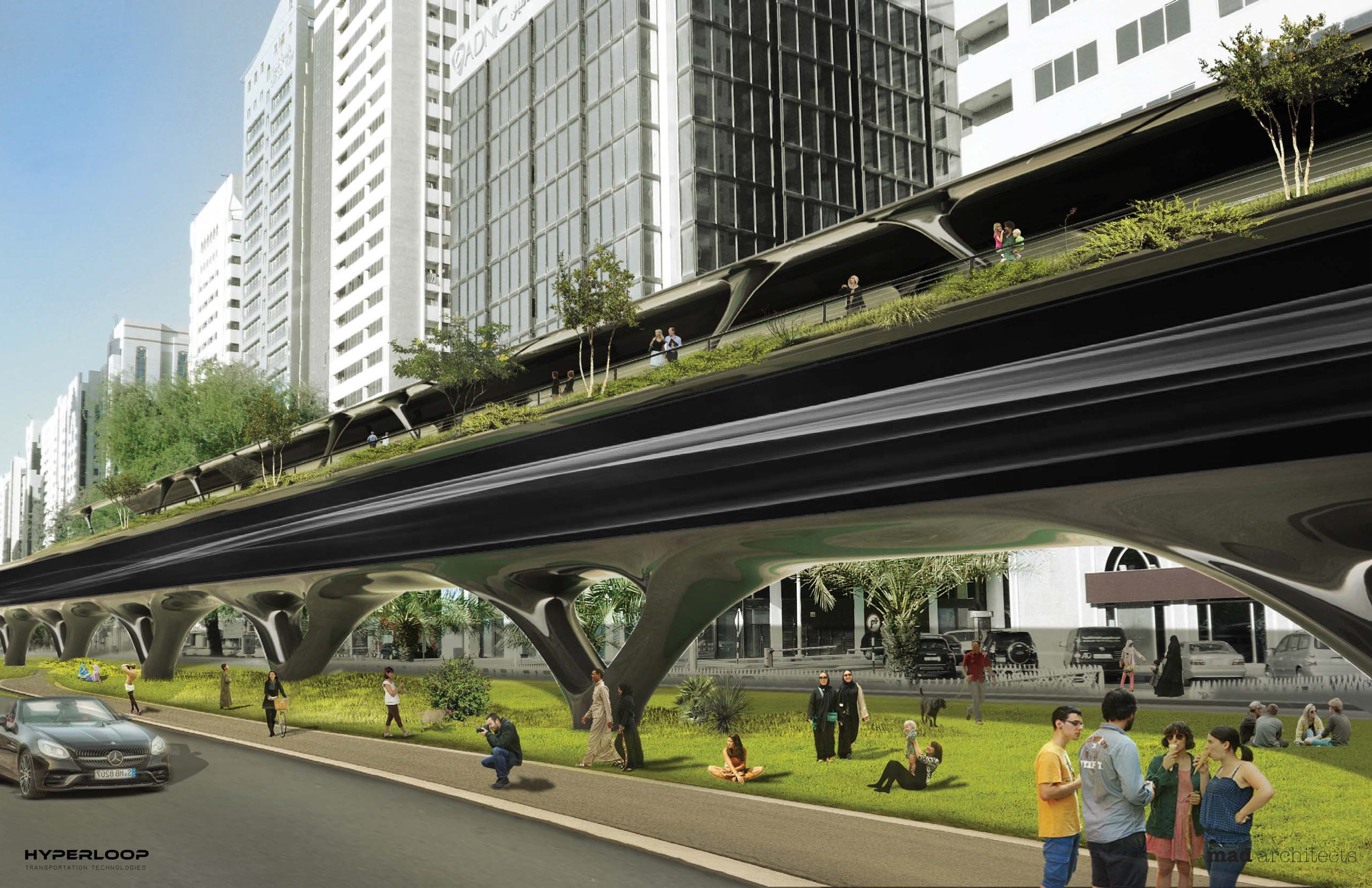


Logistic solutions
Global trade has experienced significant growth while the infrastructure largely remains outdated. We are taking a sustainable approach to solve pressing challenges in the current freight and cargo logistic systems. Instead of reinventing the wheel, the hyperloop cargo and freight system can plug in the existing ports and logistics centers. The focus is to provide autonomous solutions to save time, reduce emissions and increase energy efficiency.
Hyperloop cargo solutions for shipping containers and ports
Collaboration with Mormedi and HHLA (Joint Venture for HyperPort)
Project details:
-
Form Joint Venture with HHLA in 2018 to implement hyperloop solutions (HyperPort) in existing ports
Cargo capsule and port concept started in 2018 in collaboration with Mormedi, completed in 2021 and released at the ITS World Congress the same year
-
Rethinking the system definitions under the logistics context
Finding the design language that is consistent with the passenger capsule
-
Create initial design direction and requirements at an early stage of the project
Explore the design language with the project team through rapid 2D/3D mockups
Give creative direction for the public-released images to strengthen storytelling and brand
Bring onboard VR partner and create the storyboard for the VR application that used in ITS World Congress

The cargo capsule carries shipping containers
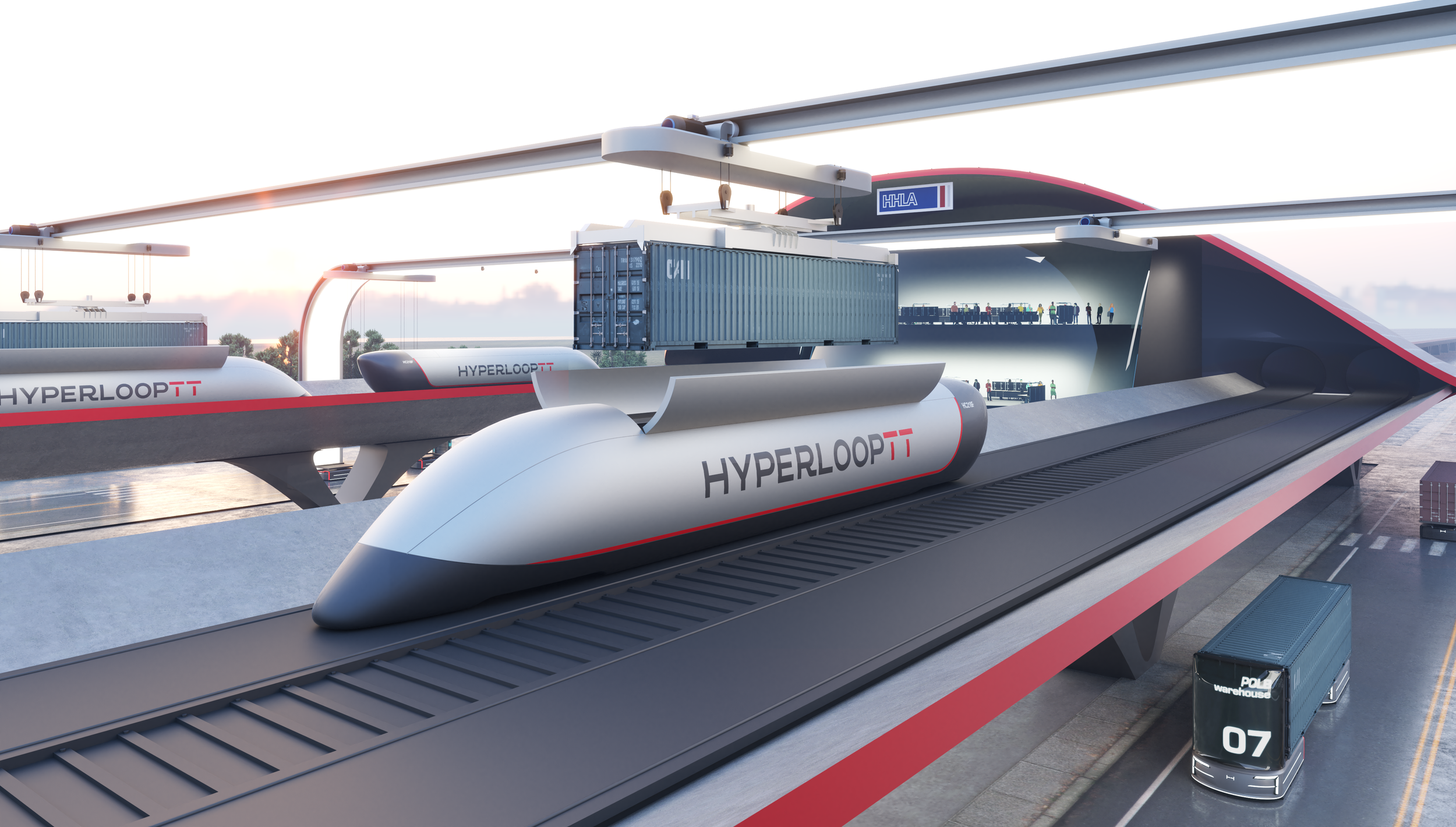
Utilize existing port infrastructure
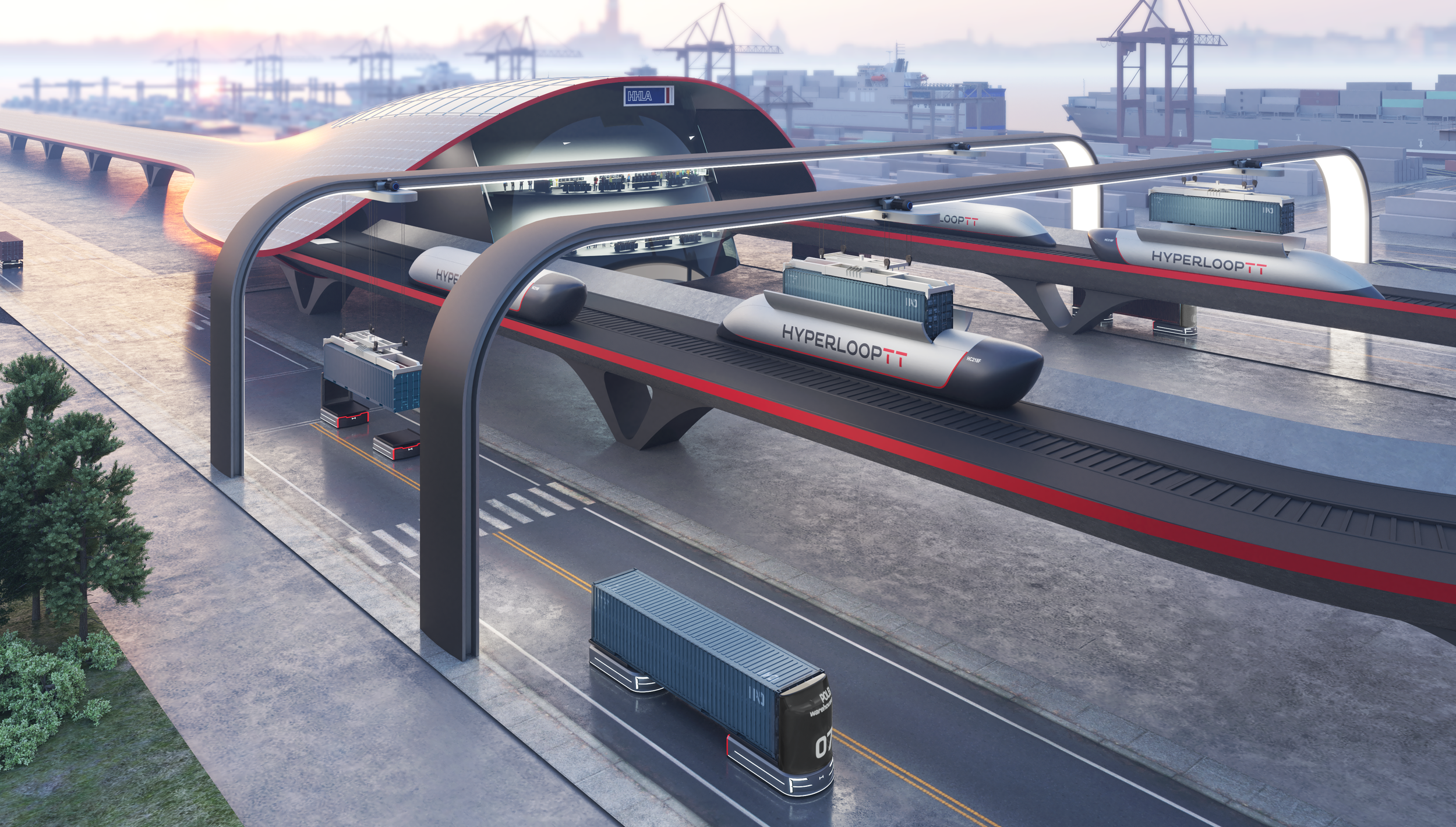
Fully autonomous operation with high efficiency
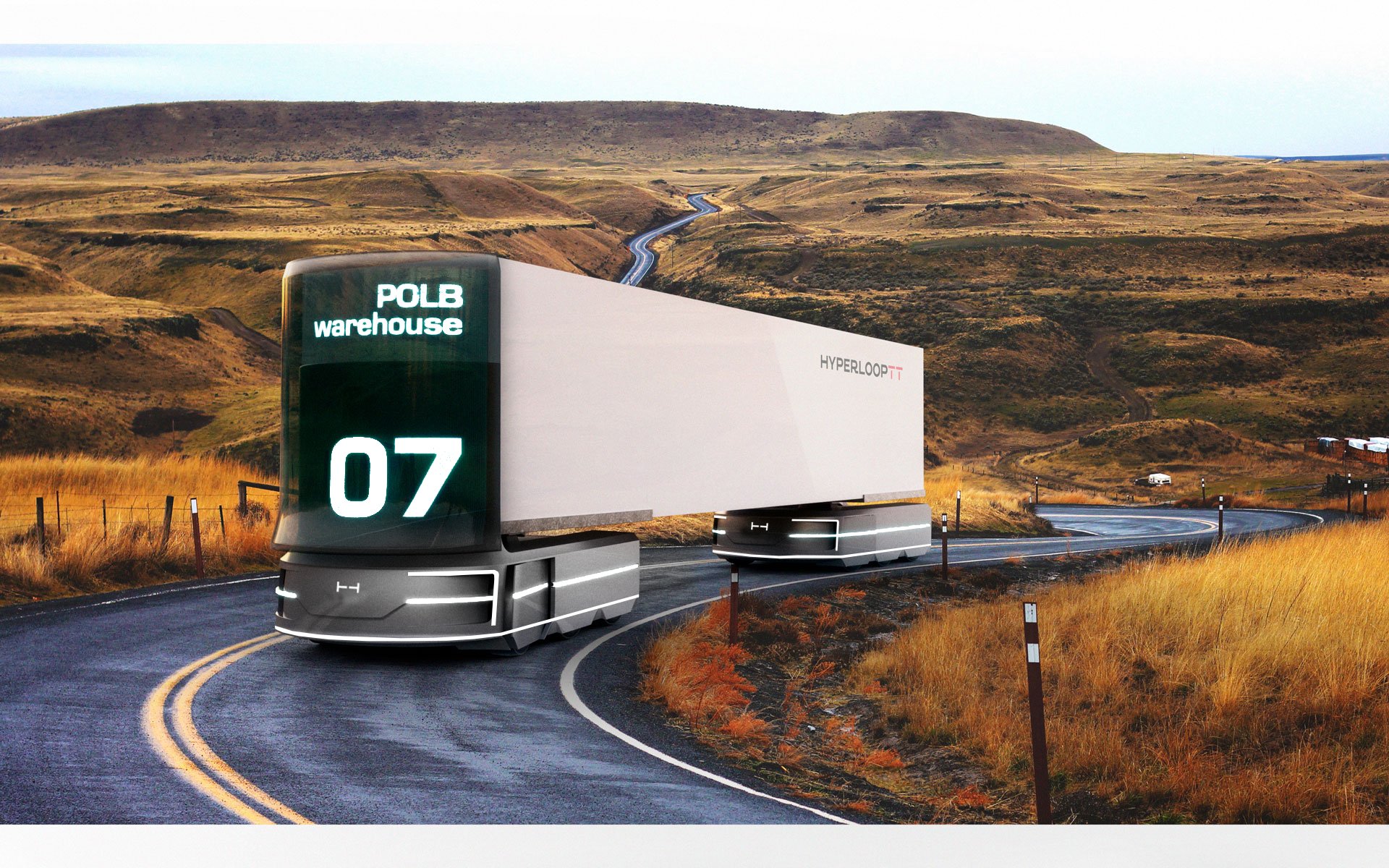
Autonomous ground container transport
